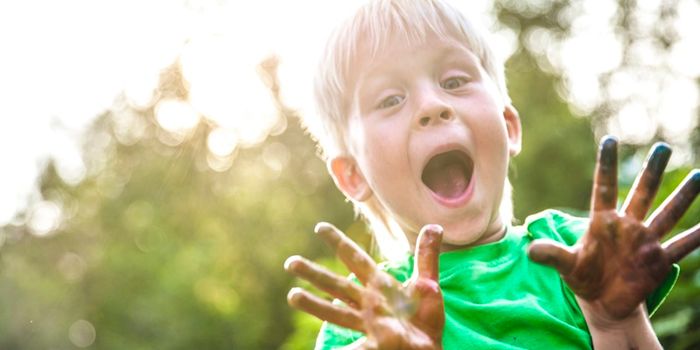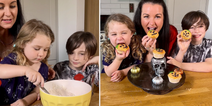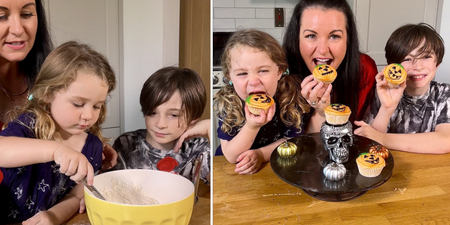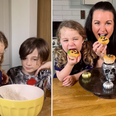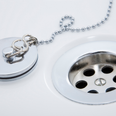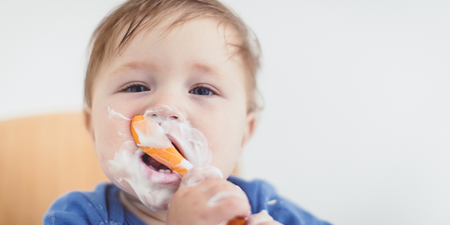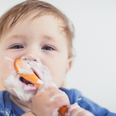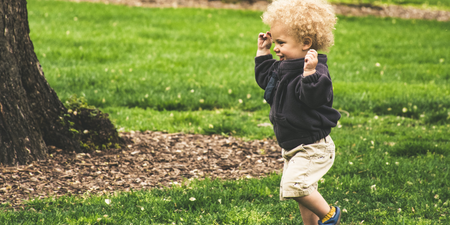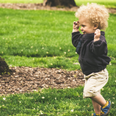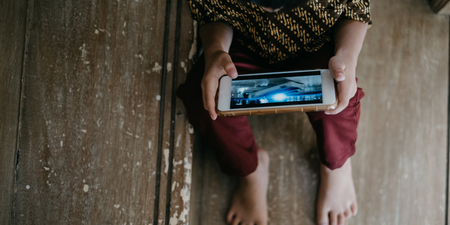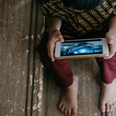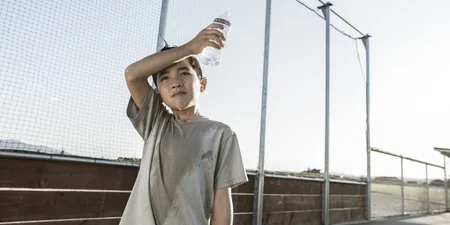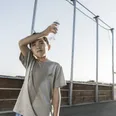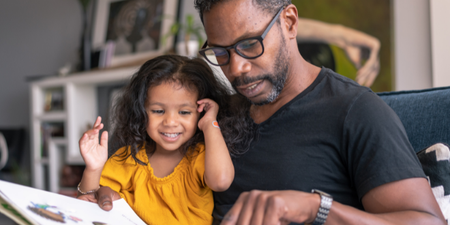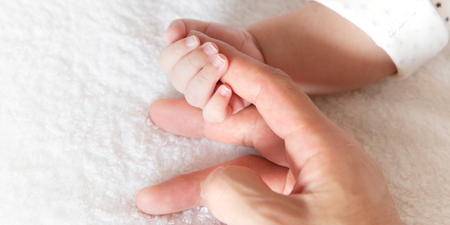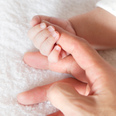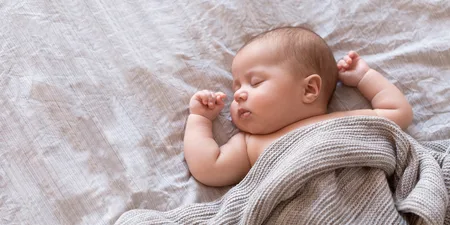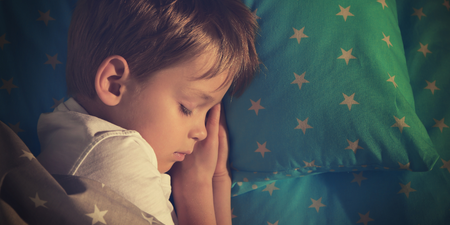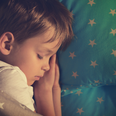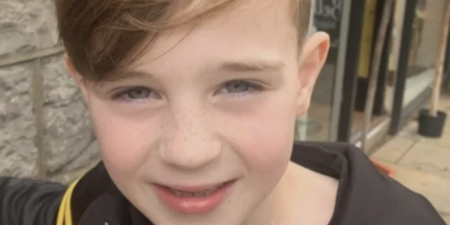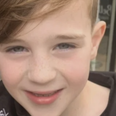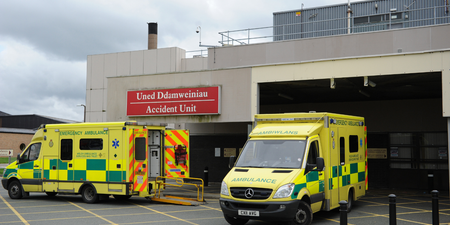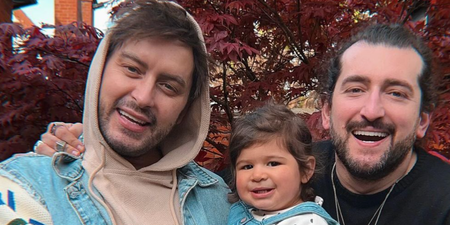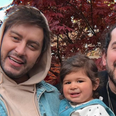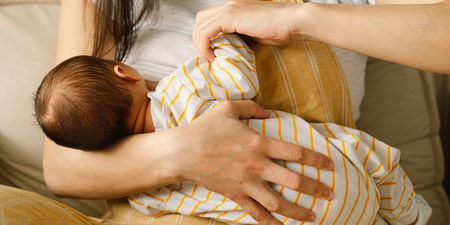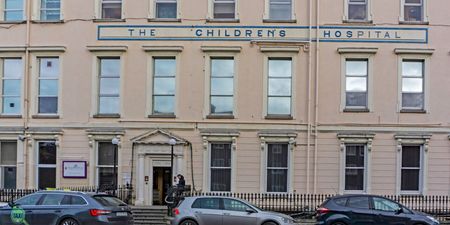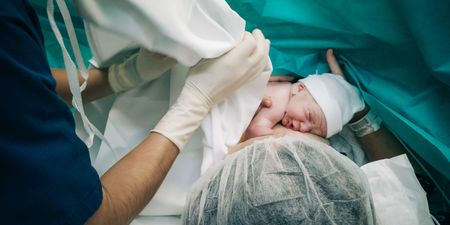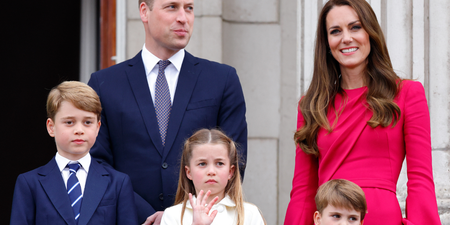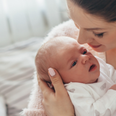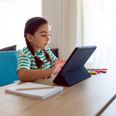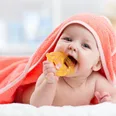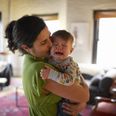Brought to you by Hedrin.
As adorably cute as they are most of the time, kids are vulnerable to all manner of rather unpleasant infestations, infections and afflictions.
From nursery school and creche to primary school and summer camp, children play and learn in close proximity to one another, so it’s easy for common infections to pass from one little hand or head to another.
Add in the average kid’s complete disregard for hygiene (runny noses, sticky fingers… *shudder*) and you’ve got yourself a festival of germs and bacteria, ready to pounce.
The more you know about the most common issues early on, the more you can do to avoid them. It is, however, worth noting that sometimes, these things can’t be avoided.
Our advice? Take a deep breath, wash your hands with an antibacterial and read on:
Head lice
Lice are parasites that nest and live on the scalp, hair and clothing of humans. They are greyish in colour and between 2 and 4 mm in size. The eggs they lay are called nits, and these often appear to be more whitish coloured. Lice crawl around the head but the nits remain stuck to the hair.
Head lice most often infest children’s hair and scalps (look out for itching), but they can also transfer to adults so you’ll need to nip this in the bud fast.
There are a wide variety of lice-treating products available in pharmacies. Ask your pharmacist or doctor about the formulas and brands available (shampoos, lotions, sprays etc) and follow the directions for use on the package leaflet carefully.
TIP: Make sure to wash all bed linens and towels on at least 60 degrees, and disinfect all combs, brushes etc.
To protect against another infestation, use Hedrin Protect and Go Conditioning spray. This clinically-proven conditioning spray works by killing lice before an infestation can take hold, and is perfect for things like play dates, parties and sleepovers when you can actively protect your child’s hair by just giving it a spritz of this before they go.
Ringworm
The mere mention of ringworm will probably make you want to change schools and move house, leaving all your belongings behind, but it’s actually not as bad as it sounds.
Ringworm is a very common and extremely contagious skin infection that causes a ring-like red rash on the skin. The rash, caused by a fungus rather than a worm, can appear almost anywhere on the body, with the scalp, feet and groin being common sites.
It’s generally treated with antifungal cream from the pharmacy and you don’t need to see a doctor unless the infection persists. Reduce your child’s chances of picking it up by teaching them never to share towels and washing their hands frequently.
Infective Conjunctivitis
Infective conjunctivitis (also known as Pink Eye) is an eye infection caused by a virus, bacteria or infection. The first symptoms are soreness, reddening and watering of the eyes and you’ll usually spot a sticky coating on the eyelashes, particularly when waking up in the morning.
Infective conjunctivitis is most common in children and the elderly. It can also go hand in hand with an upper respiratory tract infection (coughing, sore throat etc.) but most cases do not require medical treatment and will heal without treatment in one to two weeks.
You can pick up over-the-counter eye drops at your local pharmacy. If your child has an infected eye, it’s vital that they don’t share towels and wash their hands frequently to avoid spreading the infection to other children.
Impetigo
A highly contagious bacterial infection, impetigo causes sores and blisters.
There are two types of impetigo: bullous impetigo – which causes large, painless, fluid-filled blisters and the more common non-bullous impetigo – which is more contagious and causes sores that quickly rupture (burst) to leave a yellow-brown crust.
The HSE estimates that around three percent of children up to four years old, and two percent of children who are between five to 14 years old get impetigo each year.
While it’s not serious, it does need to be treated with an antibiotic cream so contact your GP or pharmacist. Keep children off nursery, playgroup or school until their sores have dried up, blistered, or crusted over, or until 48 hours after starting treatment.
Slapped cheek (Parvovirus B19)
Parvovirus B19 infection, also known as ‘slapped cheek syndrome’ and ‘fifth disease’, is a common childhood viral infection that usually begins with mild flu-like symptoms and a high temperature. A bright red rash will appear on the cheeks on the third day and will usually spread to your child’s chest, stomach, arms, and thighs.
Since the infection is common during childhood, it is estimated that 40 to 60 percent of women are already immune by the time they become pregnant.
Slapped cheek syndrome in children is usually mild and the infection should clear up without treatment but do contact your GP if your child’s temperature rises to 39C or above or their symptoms suddenly worsen.
Brought to you by Hedrin.
